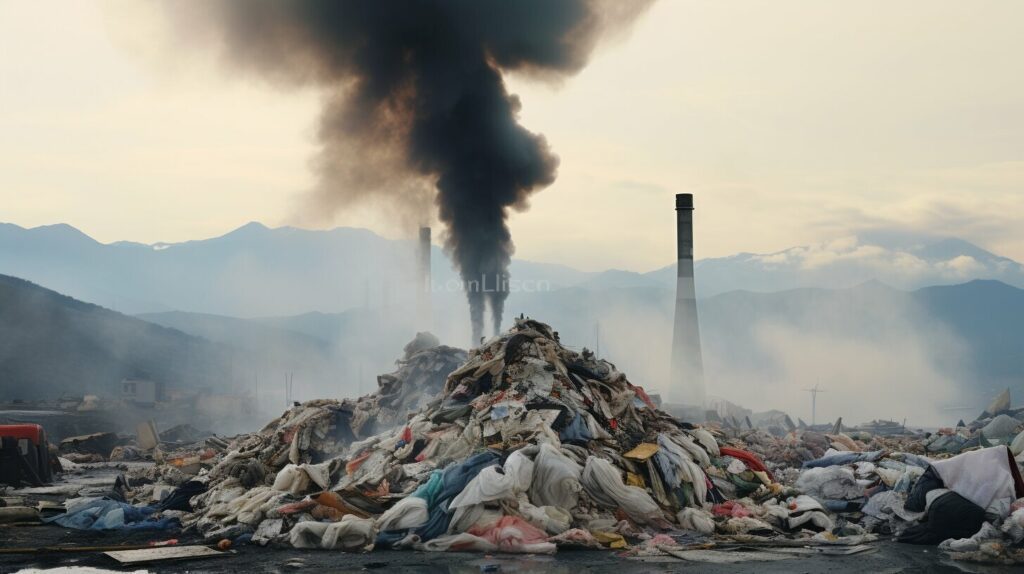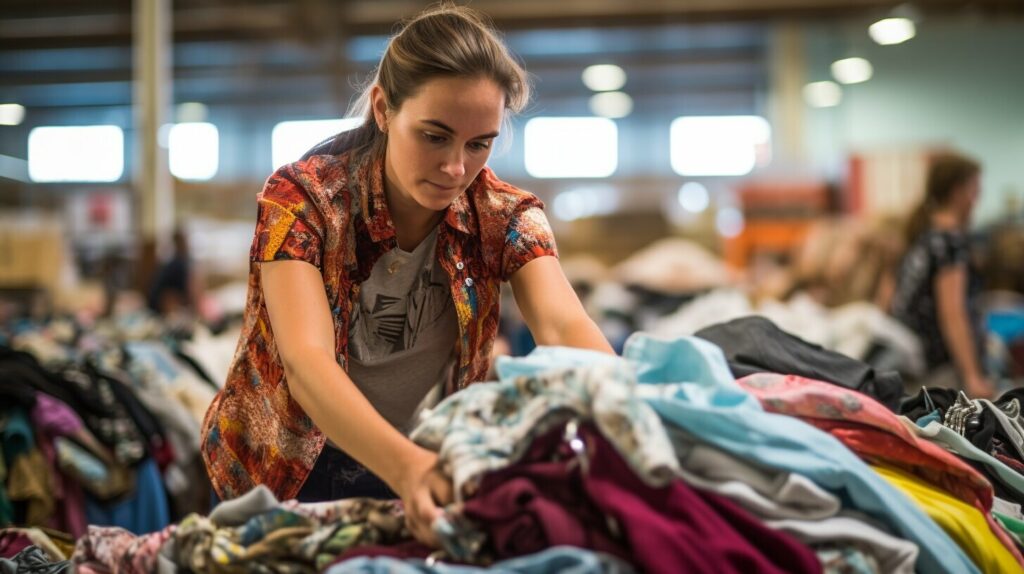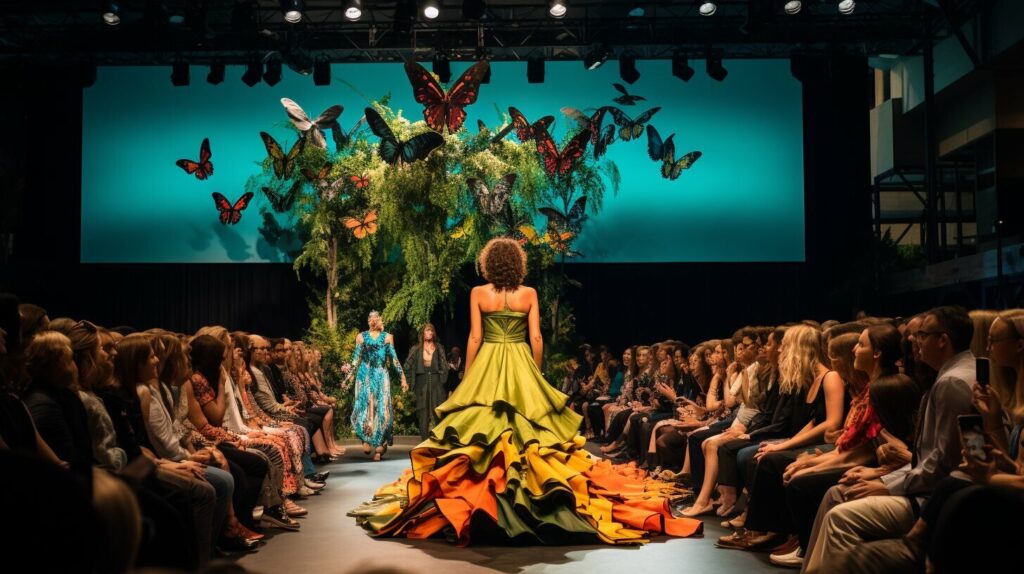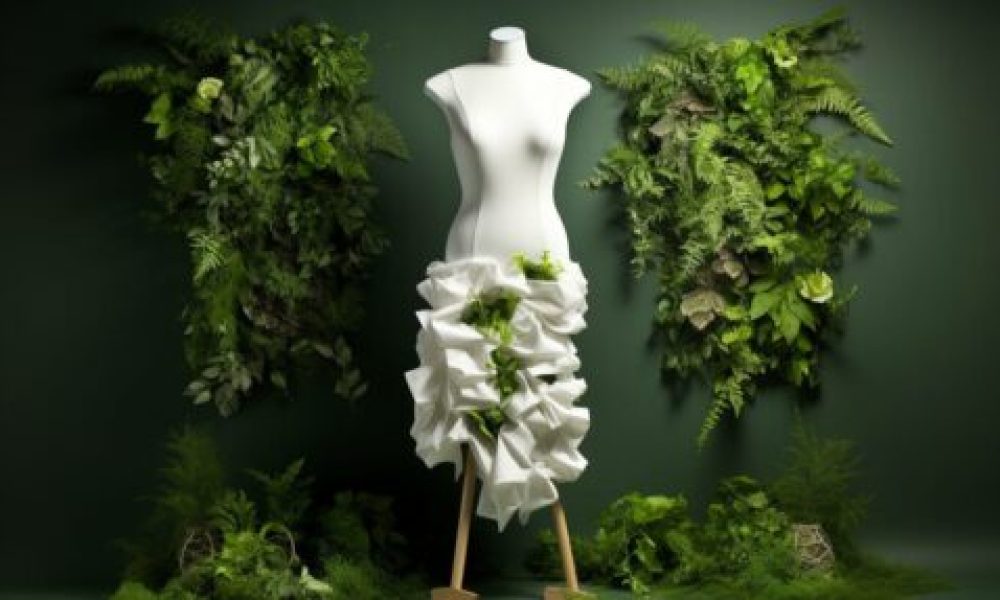Sustainable Fashion: Eco-Friendly Choices Redefining Style
Sustainable fashion is reshaping the clothing industry by focusing on eco-friendly materials, ethical production, and mindful consumption. This movement empowers consumers to protect the environment, support fair labor, and express their style with integrity.
Key Takeaways on Sustainable Fashion
- Sustainable fashion champions ethical production, eco-friendly materials, and slow fashion principles.
- Consumer choices have a direct impact on the industry’s move toward sustainability.
- Slow fashion values craftsmanship, longevity, and mindful purchasing over mass consumption.
- Eco-materials like organic cotton, hemp, recycled fabrics, Tencel, and Piñatex are transforming design.
- Supporting sustainable brands promotes environmental protection and workers’ rights.
The Environmental Impact of Fashion
The global fashion industry is one of the most resource-intensive and polluting sectors. Fast fashion’s rapid turnover encourages overproduction and overconsumption, resulting in significant environmental costs:
- Fast Fashion: Encourages quick, disposable clothing cycles, leading to waste and environmental strain.
- Water Pollution: Textile dyeing is the second-largest polluter of clean water globally.
- Excessive Waste: Millions of tons of garments end up in landfills each year.
- Carbon Emissions: The industry is responsible for 8–10% of global carbon output.
- Ecological Footprint: Unsustainable farming of raw materials harms biodiversity and depletes resources.

“Fast fashion isn’t free. Someone, somewhere is paying.” — Lucy Siegle
The Rise of Sustainable Fashion
Driven by innovation and consumer demand, sustainable fashion promotes ethical labor practices, reduced resource consumption, and transparency. Technologies like waterless dyeing, closed-loop recycling, and biodegradable textiles are becoming mainstream.
Brands embracing these practices gain a competitive edge while addressing climate change and human rights issues.

Eco-Friendly Materials
Materials define the environmental footprint of a garment. Innovations in sustainable textiles include:
- Organic Cotton: Uses less water and no harmful chemicals.
- Recycled Fabrics: Reduces landfill waste and need for virgin resources.
- Hemp: Fast-growing, pesticide-free, and highly durable.
- Tencel & Modal: Biodegradable fibers from sustainable wood pulp.
- Piñatex: Plant-based leather alternative from pineapple leaves.

Slow Fashion Movement
Slow fashion emphasizes quality over quantity, supporting artisans and preserving traditional craftsmanship. It encourages buying fewer but better-quality items that last for years rather than weeks.
The Role of Consumers
Consumers hold the power to shift industry norms. Actions include:
- Supporting certified ethical brands.
- Thrift shopping and swapping clothes.
- Repairing and upcycling garments.
- Choosing timeless, high-quality clothing over trends.

The Impact on the Fashion Industry
The shift toward sustainability is no longer optional for fashion brands. Consumers demand transparency, eco-materials, and fair labor policies. Forward-thinking companies are integrating these practices into their core business models.

FAQ
- What is sustainable fashion?
- Ethical and eco-conscious clothing production aimed at reducing harm to people and the planet.
- What materials are considered sustainable?
- Organic cotton, hemp, recycled fabrics, Tencel, Modal, Piñatex, and other low-impact textiles.
- What is the difference between slow fashion and fast fashion?
- Slow fashion values durability, craftsmanship, and ethical labor, while fast fashion focuses on cheap, trend-based production.
- How can I participate in sustainable fashion?
- Buy from ethical brands, thrift shop, repair clothes, and avoid overconsumption.
Related reading from Cozy Bed Quarters
- Sustainable Bed Frame Materials: Choosing Eco-Friendly Options
- Eco-Friendly Sleep Choices & Bedding Options
- Benefits of Eco-Friendly Bedding: Reduce Allergens & Environmental Footprint
Other reading we found popular
- Good On You — What Is Sustainable Fashion?
- Ellen MacArthur Foundation — The Circular Economy
- Fashion Revolution — Transparency in Fashion
























